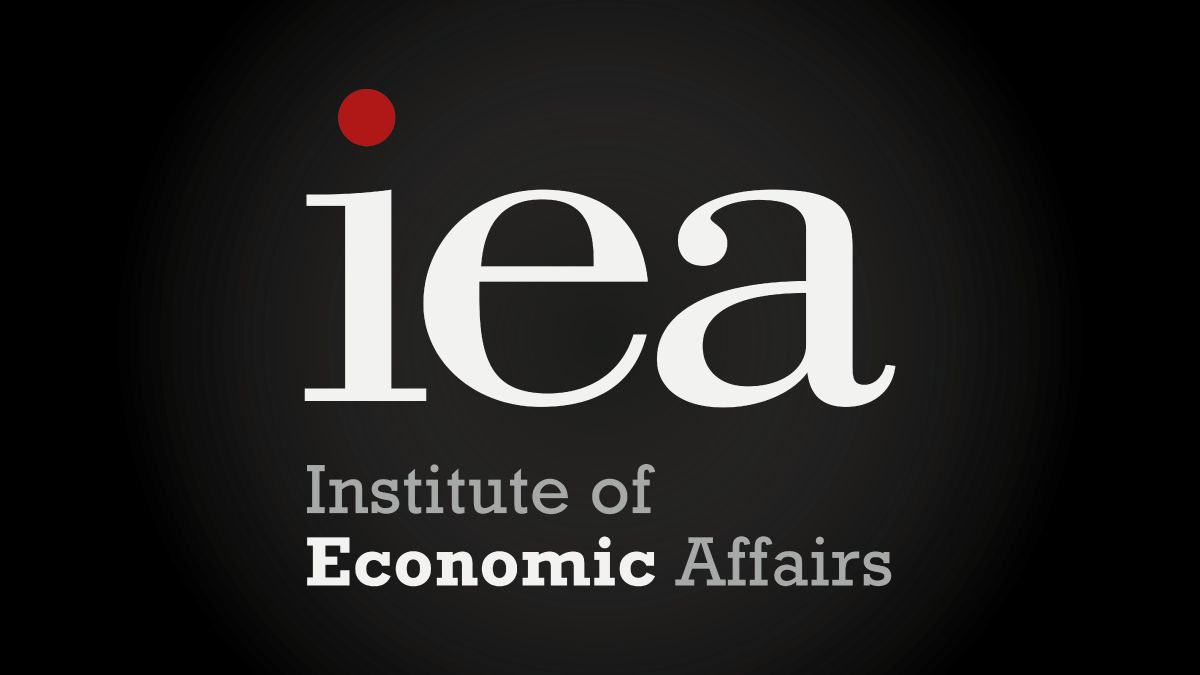The press release issued by the IEA on 2 November 2022.
Ahead of this Thursday’s (3 November) parliamentary debate on the independent review of smokefree 2030 policies, the IEA publishes today The Alternative Smoke-Free 2030 Plan.
-
- Government should prioritise alternatives to smoking, like e-cigarettes and snus, over prohibitionist policies.
-
- Alternative nicotine products are far less harmful than cigarettes, and the surge in vaping has corresponded with a falling smoking rate.
-
- ‘The Alternative Smoke-Free 2030 Plan’ recommends twelve simple, low-cost policies, including raising awareness of low-risk nicotine products and cutting burdensome red tape, including the EU Tobacco Products Directive (TPD).
A new report, The Alternative Smoke-Free 2030 Plan, from the Institute of Economic Affairs, outlines an alternative strategy to prohibition, a proven failure, to reduce the smoking rate in England.
This approach stands in contrast with the Khan Review (2022), which recommended banning the sale of cigarettes over time. Report author, Christopher Snowdon, argues that as long as demand exists (only 53 per cent of British smokers say they want to quit), neo-prohibitionist policies will result in endemic black market activity, crime and secondary poverty without coming close to eradicating smoking.
The alternative twelve-point plan emphasises the resounding success of vaping and other safer alternatives in getting people off cigarettes. In Britain, where 9.3 per cent of adults now vape, the smoking rate has dropped from 20 per cent to 14 per cent since 2012. In the EU, where only 2 per cent of adults vape, smoking prevalence fell by just 1 per cent between 2014 and 2020. As of this year, 28 per cent of smokers have never even tried an e-cigarette. Removing barriers to consumers accessing low risk nicotine alternatives is vital.
Snowdon, the IEA’s Head of Lifestyle Economics, recommends that the government tackles pervasive misinformation about the risks of e-cigarettes. Currently, 40 per cent of English smokers falsely believe that nicotine causes cancer and the number of smokers who wrongly think that vaping is as or more dangerous than smoking rose from 36 per cent to 53 per cent between 2014 and 2020. This is despite the fact that the Royal College of Physicians concluded that the long-term risks are ‘unlikely to exceed 5 per cent of the harm from smoking tobacco’ (RCP 2019).The government should ensure that public health bodies promote the benefits of vaping relative to smoking.
Snowdon also proposes that the government embrace the freedom provided by Brexit to reform the Tobacco Products Directive (TPD). Article 20 of the TPD exacts punitive regulations on e-cigarettes, covering everything from advertising to the size of refillable vape tanks. Cutting this red tape will lift powerful barriers to access.
Smokers could also be encouraged to quit by reducing the red tape burdens on other low-risk tobacco alternatives such as snus, heated tobacco and nicotine pouches. These products are subjected to over-zealous regulation, with snus outlawed in the UK.
The UK has generally regulated e-cigarettes sensibly. But with a greater focus on articulating the benefits of switching to low-risk tobacco alternatives and relaxing the associated regulatory regime, smoking may truly become obsolete.
Commenting on the The Alternative Smoke-Free 2030 Plan, author and IEA Head of Lifestyle Economics Christopher Snowdon, said:
“The government’s plan to slash the smoking rate to five per cent by 2030 is wholly unrealistic unless smokers switch to low-risk alternatives in large numbers. Fortunately, a growing range of alternatives exist. All the government needs to do is create a regulatory environment in which they can flourish and ensure that smokers are not misled by fake news. There are a dozen simple, low cost reforms that could be implemented that would help the government meet its health objectives without persecuting smokers.”
